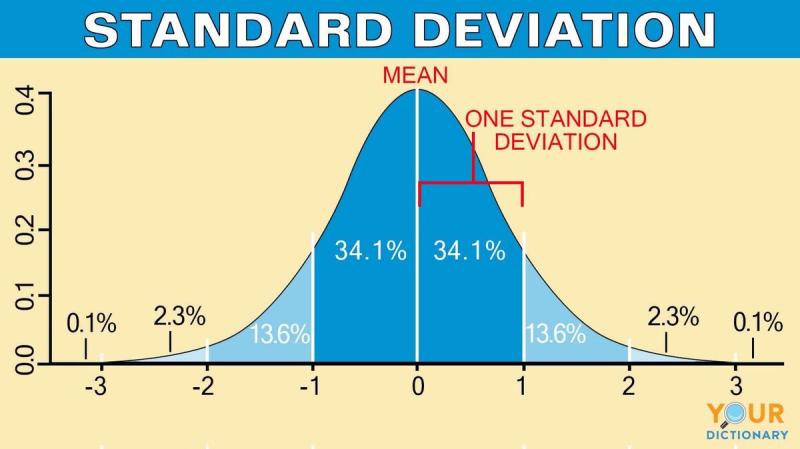How to calculate the standard deviation on a calculator?
Calculating standard deviation on a calculator usually involves entering a sequence of steps based on the formula for standard deviation. Many scientific calculators have built-in functions to help with statistical calculations like standard deviation. Here's a general process you might follow:
- Enter your data: Input your data points into a list on the calculator.
- Access the statistical functions: Look for the statistical functions or mode on your calculator. It might be labeled as "STAT" or something similar.
- Calculate the mean: Use the appropriate function to find the mean of the data set.
- Find the differences: Subtract the mean from each data point and square the result.
- Sum the squares: Add up all the squared differences.
- Divide by (n-1): Divide the sum of squared differences by (n-1), where 'n' is the number of data points (sample size).
- Take the square root: Finally, take the square root of the result from step 6 to get the standard deviation.
Please consult your calculator's manual or look up specific instructions for your calculator model, as the process might vary slightly based on the brand or model of the calculator you're using.
What steps are involved in calculating standard deviation using a calculator?
The steps involved in calculating standard deviation using a calculator depend on whether you are calculating the sample standard deviation or the population standard deviation.
Sample Standard Deviation:
- Enter your data into the calculator. Most calculators have a dedicated list or STAT mode for storing and manipulating data.
- Calculate the mean (average) of your data. This is usually done with a built-in function like "x̄" or "mean."
- For each data point, subtract the mean and square the result.
- Sum the squared deviations.
- Divide the sum of squared deviations by n-1 (where n is the number of data points). This is the variance.
- Take the square root of the variance. This is the sample standard deviation.
Note: In some calculators, there may be a dedicated function for calculating the sample standard deviation. This function may be labeled "Sx" or "stdev( )." If available, this can simplify the process.
Population Standard Deviation:
- Enter your data into the calculator.
- Calculate the mean (average) of your data.
- For each data point, subtract the mean and square the result.
- Sum the squared deviations.
- Divide the sum of squared deviations by n (where n is the number of data points). This is the variance.
- Take the square root of the variance. This is the population standard deviation.
Note: The main difference in calculating the population standard deviation is that we divide by n instead of n-1. This is because when calculating the population standard deviation, we assume we have data for the entire population, not just a sample.
Here are some resources that can help you calculate standard deviation using a calculator:
- Khan Academy: https://www.khanacademy.org/math/ap-statistics/summarizing-quantitative-data-ap/measuring-spread-quantitative/v/sample-standard-deviation-and-bias
- Scribbr: https://www.scribbr.com/frequently-asked-questions/how-do-i-find-the-mean/
- Casio: https://m.youtube.com/watch?v=uYJSIeuLXHk
- TI: https://www.youtube.com/watch?v=O-q_GgDlBPA
These resources provide step-by-step instructions and examples for different types of calculators.













